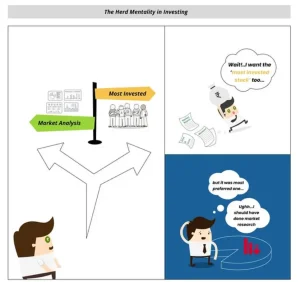SEBI is exploring ways for stockbrokers to invest their surplus funds in businesses beyond securities and commodities. This could be a game-changer for the broking industry, opening doors to exciting new ventures in fintech, technology, and even real estate.
Here’s the lowdown:
— Current regulations: Existing rules prohibit brokers from engaging in non-core businesses.
— SEBI’s proposal: Two options are being considered:
— Investing through a separate holding company: This would create a clear separation between broking activities and other investments.
— Paying dividends and using the proceeds: This approach would be simpler but incur tax implications.
— Industry’s perspective: Brokers see this as an opportunity to utilize their surplus funds and diversify their portfolios.
— Challenges: Concerns remain regarding potential impact on brokers’ liquidity and potential conflicts of interest.
— This is a developing story, and the final decision from SEBI is awaited. Stay tuned for further updates!
What are your thoughts on this potential change? Do you think it will benefit brokers and the financial sector as a whole? Share your comments below!

The Herd Mentality in Investing
Ever felt the urge to follow the crowd when investing? That’s herd mentality at play. Let’s explore its impact with some eye-opening facts! A study by Barber and Odean found that individual investors who follow the herd tend to earn 3.5% less than the market annually. (Barber, B. M., & Odean, T. (2000). “Trading is Hazardous to Your Wealth: The Common Stock Investment Performance of Individual Investors.” The Journal of Finance.) During the dot-com bubble, herd mentality led to massive investments in tech stocks, resulting in significant losses when the



